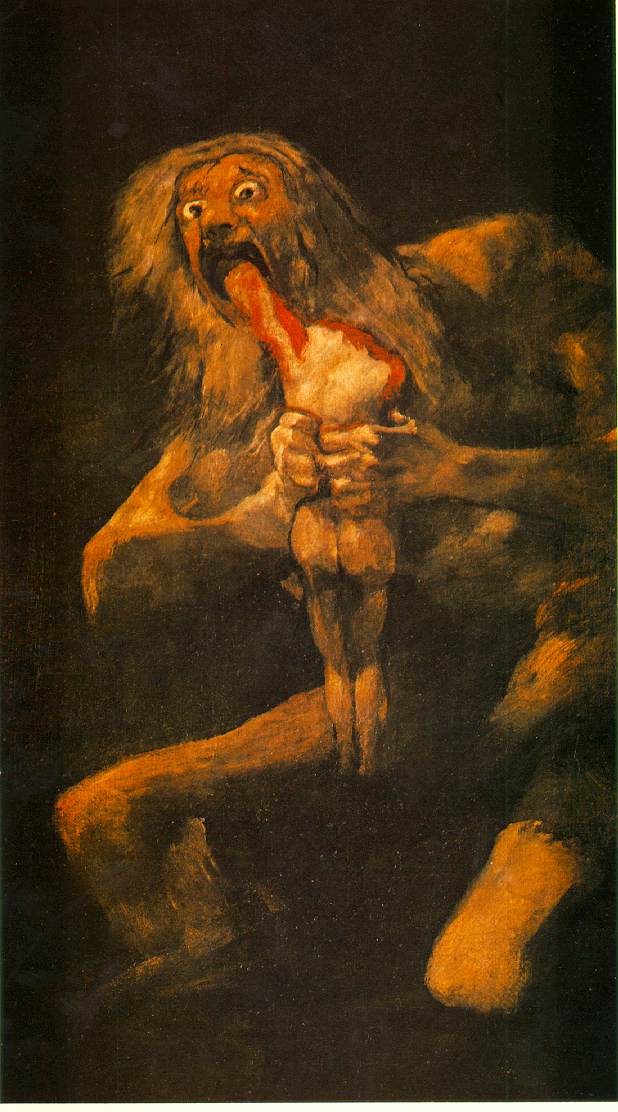Happy things
I think I'm just going to talk about art now. I love art. Everyone loves art. I mean who wouldn't? Just sometimes some things are thought of as art and some aren't.
Guernica by Picasso is art. Actually, various historical art works focus on the issue of war.
I always wanted to see Guernica in real life. The painting I mean.

It's about the Spanish Civil War under the leadership of Generalissimo Francisco Franco. Incidentally this is also the time period shown in Pan's Labyrinth, with the evil Captain Vidal. Apparently people appealed to Picasso to make a statement about fascism in Spain and elsewhere. Picasso didn't like politics, but after a massacre which killed 16 000 civilians he went to his studio and painted Guernica. It opened at the Paris Exposition and got critical reception, typically people said it looked like a three year old could paint it. But it began to tour Europe and became one of the strongest indictments of fascism. Today it stands as a masterpiece.
Saturn Eats His Son by Goya is also art.

Goya started out as a court painter to royalty. During the Napoleonic invasions and Spanish war of independence he was so shocked by the horror of war that he devoted a series to it in his off time.

Claude Cahun was also an activist artist. Apparently she shocked Duchamp, who was already running around in ladies clothes anyway. She did a lot of self portraiture and played with gender roles. She lived with her partner in Paris and they held cultural and political meetings in their studio in Montparnasse. During Nazi occupation they made agit-prop art as part of their resistance activities. From Wikipedia:
"Following the outbreak of World War 2 and the German invasion, they became active as resistance fighters and propagandists. Fervently against war, the two worked extensively in producing anti-German fliers. Many were snippets from English-to-German translations of BBC reports on the Nazi's crimes and insolence, which were pasted together to create rhythmic poems and harsh criticism. The couple then dressed up and attended many German military events in Jersey, strategically placing them in soldier's pockets, on their chairs, etc. Also, fliers were inconspicuously crumpled up and thrown into cars and windows. In many ways, Cahun and Malherbe's resistance efforts were not only political but artistic actions, using their creative talents to manipulate and undermine the authority which they despised. In many ways, Cahun's life's work was focused on undermining a certain authority, however her specific resistance fighting targeted a physically dangerous threat. In 1944 they were arrested and sentenced to death, but the sentences were never carried out. However, Cahun's health never recovered from her treatment in jail, and she died in 1954."
No comments:
Post a Comment